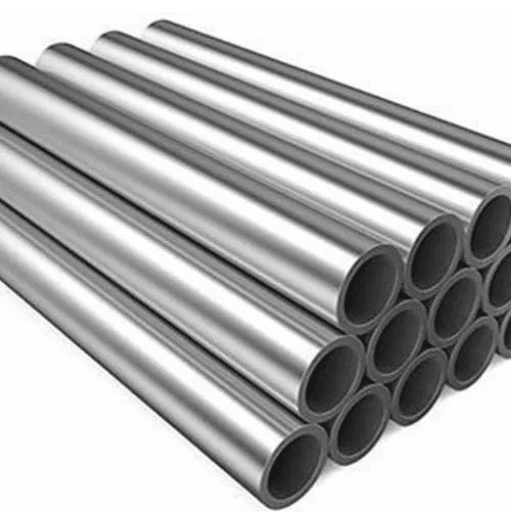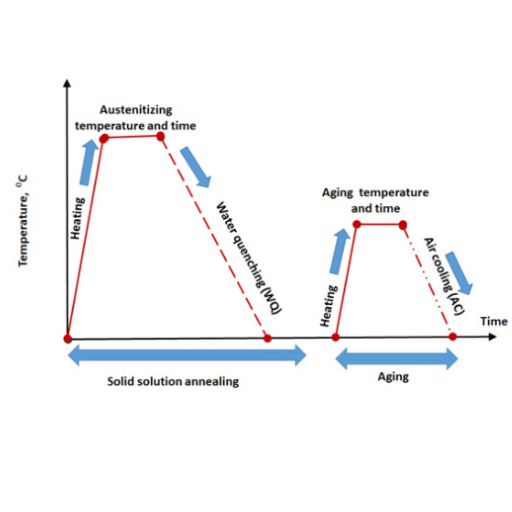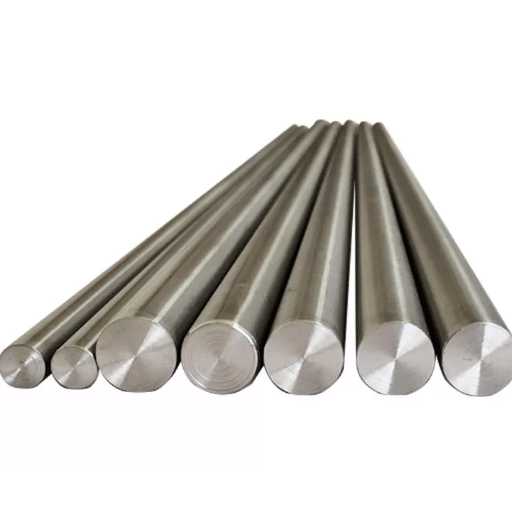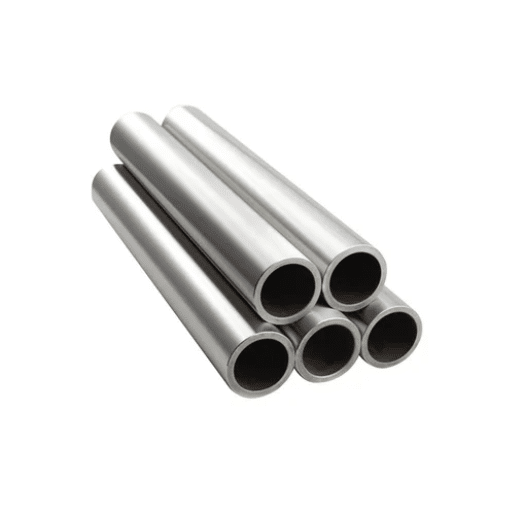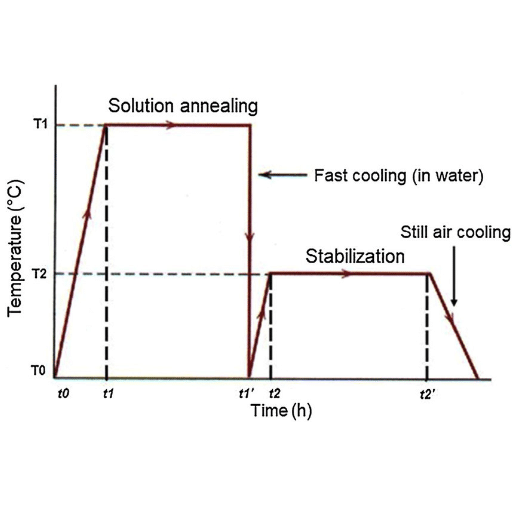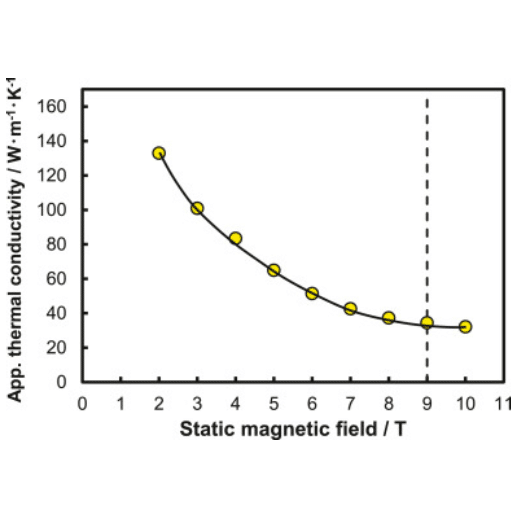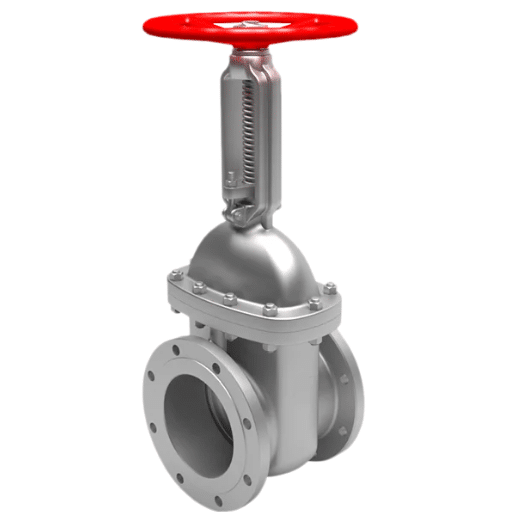An important factor in selecting the proper stainless steel for your project is knowing the differences between the different grades. The ones that are usually compared are 304 and 410 types of stainless steel, both having their own characteristics to suit the applications. But which is the better one for you? The differences between the two grades will be examined in this article mainly from their composition, durability, corrosion resistance and usage. If you are in construction, manufacturing, or maintenance, then knowing these materials will lead you to make an educated and assured decision.
Introduction to Stainless Steel Grades
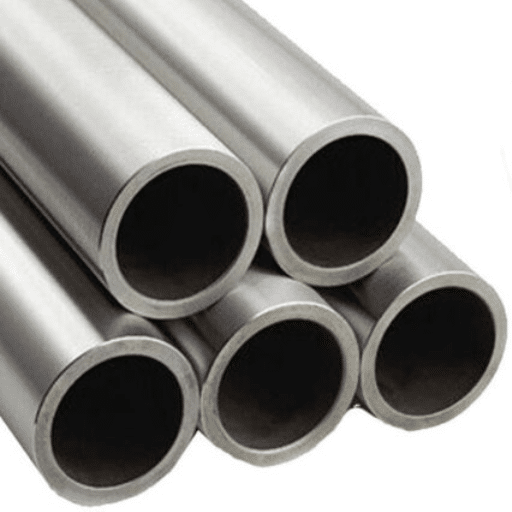
Stainless steel has become an indispensable material with its features of strength, versatility, and resistance to corrosion. The two grades among the many of stainless steel namely 304 and 410 have attracted attention for their particular properties and uses.
304 Stainless Steel
Type: Austenitic Steel
Key Features:
- Highly corrosion resistant
- Non-magnetic nature
- Easy maintenance
- Ideal for moist environments
Common Uses: Kitchens, marine applications, food processing
410 Stainless Steel
Type: Martensitic Steel
Key Features:
- Extreme strength
- Superior wear resistance
- High hardness
- Magnetic properties
Common Uses: Tools, machine parts, cutlery
Overview of Stainless Steel
Stainless steel is ordinary and common material in use in the industry due to its characteristics that are the combined great ones of durability, resistance to corrosion, and ability to be used diversely. The latest figures reflect a constant increase in its global consumption, especially in such industries as construction, automotive production, and healthcare.
Importance of Stainless Steel Grades
Stainless steel grades are crucial factors in deciding the material’s performance, durability, and applications. Each grade has a predetermined composition and properties tailored to the needs of the corresponding industry.
| Grade | Key Characteristics | Primary Applications |
|---|---|---|
| 304 | Exceptional corrosion resistance, versatile | Kitchens, buildings, chemical processing |
| 316 | Contains molybdenum, enhanced chloride resistance | Marine applications, medical instruments |
| 410 | High hardness, wear resistance, moderate corrosion resistance | Cutlery, tools, machine components |
| Duplex | High strength, corrosion resistant | Advanced industrial applications |
Common Applications of 304 and 410 Stainless Steels
304 Stainless Steel Applications
| Application | Why 304 is Ideal |
|---|---|
| Kitchen Equipment | Corrosion resistance and easy cleaning make it perfect for sinks, countertops, and cookware |
| Food Processing Equipment | Ensures cleanliness and tolerates various acids found in food |
| Medical Instruments | Flawless resistance to corrosion and sterilization |
| Architectural Facades | Aesthetic attraction and weather resistance for decorative panels and cladding |
| Chemical Containers | Resistance to extremes in chemical environments for storage and transportation |
410 Stainless Steel Applications
| Application | Why 410 is Ideal |
|---|---|
| Cutlery and Tools | Hardness and wear resistance for knives, scissors and sharp tools |
| Automotive Components | Components like brackets and springs where strength and durability are critical |
| Pump and Valve Parts | Perfect for parts subjected to high-stress and mild corrosion conditions |
| Industrial Machines | Components that face moderate heat and wear |
| Oil and Gas Equipment | Casings and structures where strength plus corrosion resistance is essential |
Properties of 304 Stainless Steel
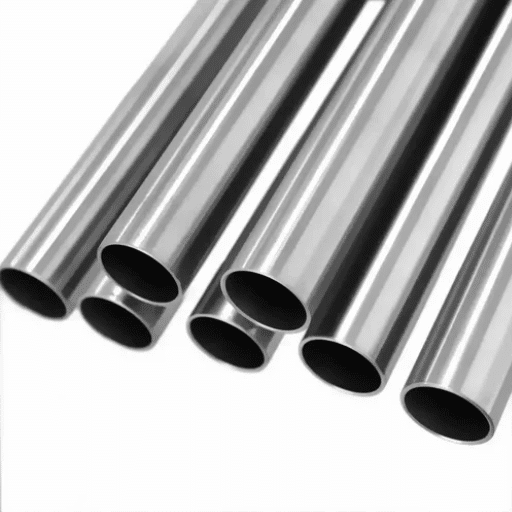
304 stainless steel is one of the most versatile and widely accepted stainless steel grades due to its wonderfully balanced properties. It showcases high corrosion resistance, particularly in such environments where moisture and mild chemicals are present; thus, it is suitable for both industrial and household usage.
Composition and Structure
Chemical Composition of 304 Stainless Steel:
- Iron: Base metal
- Chromium: 18-20% (creates protective oxide layer)
- Nickel: 8-10.5% (enhances strength, ductility, and temperature resistance)
- Minor Elements: Carbon, manganese, silicon, phosphorus, and sulfur
Microstructure: Austenitic (non-magnetic, excellent weldability and formability)
Corrosion Resistance of 304 Stainless Steel
304 stainless steel is a well-known kind of steel that possesses superior corrosion resistance in numerous environments. The high chromium content of about 18-20% creates a thin layer of oxidized steel over the surface which is resistant to such attacks and hence, prevents oxidation and corrosion.
Mechanical Properties and Strength
| Property | Value | Significance |
|---|---|---|
| Tensile Strength | ~515 MPa (75,000 psi) | Can bear great stress without permanent deformation |
| Yield Strength | ~205 MPa (30,000 psi) | Maintains structural integrity under load |
| Elongation | ~40% | Provides flexibility and resilience |
| Hardness | ~201 HB (Brinell) | Reliable strength under various operational loads |
| Temperature Resistance | Up to 1,700°F continuous service | Excellent performance in extreme temperatures |
Properties of 410 Stainless Steel
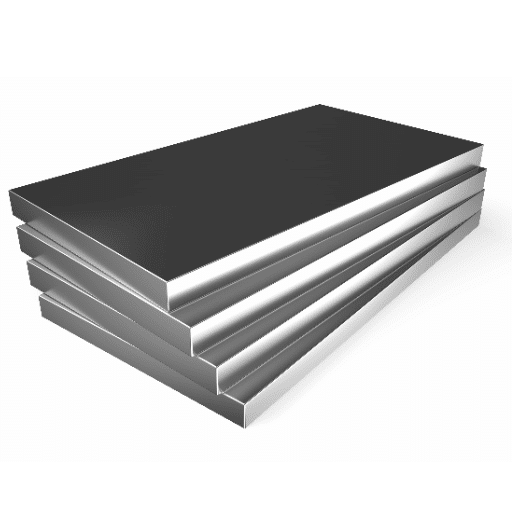
410 stainless steel is a martensitic type of stainless steel and the main advantages are its great strength, hardness, and moderate corrosion resistance. Its main ingredients are iron, chromium (approx. 11.5-13.5%), and very small amounts of other metals like manganese and silicon.
Composition and Structure
The composition of martensitic stainless steel includes iron, carbon, and chromium as the main elements, plus small amounts of nickel, manganese, and molybdenum. One of the most significant features of this steel is the carbon content which allows it to be heated and cooled without changing its hardness or strength, thus making it suitable for the heat treatment process.
Corrosion Resistance of 410 Stainless Steel
The 410 stainless steel provides resistance against corrosion to some extent and, therefore, it can be utilized in places where there are mild atmospheric and chemical conditions. It is important to note that the corrosion resistance of 410 stainless steel is not as good as that of the austenitic grades such as 304 and 316.
Mechanical Properties and Strength
| Property | Value Range | Notes |
|---|---|---|
| Tensile Strength | 450 MPa to over 700 MPa | Depends on heat treatment applied |
| Yield Strength | 275 MPa to 600 MPa | Great resistance to deformation under stress |
| Hardness | 200-400 HB | Achievable through heat treatment |
| Ductility | Lower than austenitic grades | Limited forming or bending capability |
| Toughness | High | Excellent fatigue resistance |
304 vs 410: Key Differences
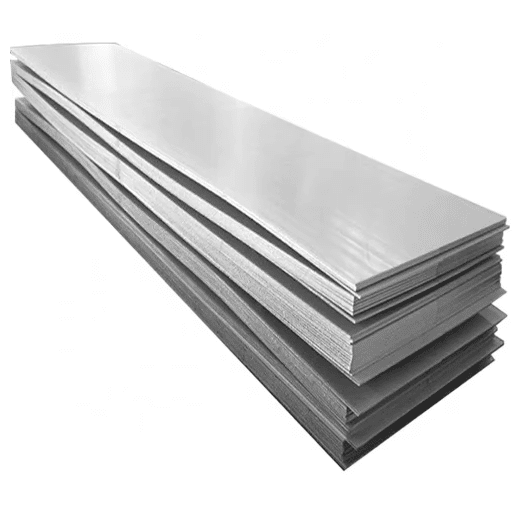
The analysis of 304 and 410 stainless steel reveals that their main differences relate to their composition, characteristics and usage.
| Characteristic | 304 Stainless Steel | 410 Stainless Steel |
|---|---|---|
| Type | Austenitic | Martensitic |
| Chromium Content | High (18-20%) | Lower (11.5-13.5%) |
| Nickel Content | 8-10.5% | Little or none |
| Magnetic Properties | Non-magnetic | Magnetic |
| Corrosion Resistance | Excellent | Moderate |
| Strength & Hardness | Good strength, moderate hardness | High strength and hardness |
| Formability | Excellent | Limited |
| Heat Treatment | Not hardenable by heat treatment | Can be hardened by heat treatment |
| Weldability | Excellent | Fair to good |
Corrosion Resistance Comparison
In the discussion of corrosion resistance, 304 stainless steel gets the upper hand over 410 stainless steel by a large margin in case of moist, acid, and chloride-prone environments.
304 Corrosion Resistance
EXCELLENT
- Austenitic composition
- High chromium and nickel content
- Ideal for food processing
- Perfect for marine environments
- Excellent in chemical equipment
410 Corrosion Resistance
MODERATE
- Martensitic composition
- More susceptible to rust and pitting
- Needs enhancement treatment
- Suitable for less demanding environments
- Focus on strength over corrosion protection
Strength and Hardness Differences
410 Stainless Steel Advantages:
- Can be heat treated for higher hardness
- Superior tensile strength achievable
- Great for items requiring toughness and wear resistance
- Ideal for tools, knives, and machine parts
304 Stainless Steel Advantages:
- Characterized by ductility and toughness
- Better corrosion resistance
- Adequate strength for most applications
- Maintains structural integrity over time
Applications and Suitability
| Application Type | Recommended Grade | Key Data/Examples |
|---|---|---|
| Food Processing Equipment | 304 | Commercial sinks, storage tanks, brewing equipment – excellent corrosion resistance and hygiene |
| Cutlery and Kitchen Utensils | 410 | Up to 50 HRC Rockwell hardness – durable in high-impact applications |
| Chemical Processing and Storage | 304 | Storage vessels for hydrochloric acid and food-grade chemical manufacturing |
| Automotive and Industrial Springs | 410 | Tensile strength of ~500 MPa ensures longevity in mechanical applications |
| Marine Environments | 304 | Boat fittings, railings, and dock components – outstanding rust resistance |
Choosing the Right Stainless Steel Grade
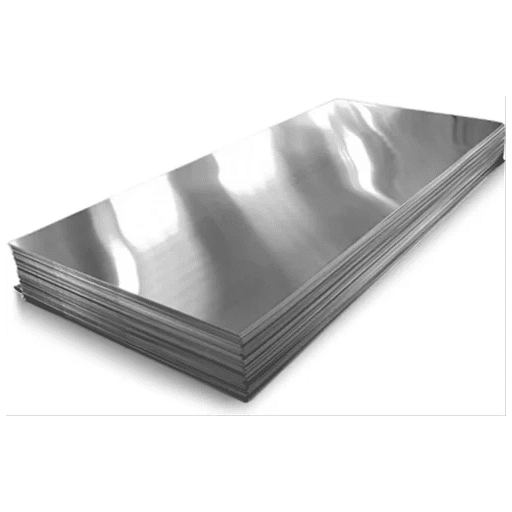
The choice of a stainless steel grade mainly depends on the application and the environment, which require a careful consideration of factors such as corrosion resistance, mechanical strength, and cost-wise attractiveness.
Decision Guide:
- Choose 304 when: High corrosion resistance is priority, working with moisture or saltwater, need excellent formability and weldability
- Choose 410 when: High strength and hardness are required, wear resistance is critical, moderate corrosion resistance is acceptable
Factors Influencing Selection
| Factor | Considerations |
|---|---|
| Pitting Resistance Equivalent Number (PREN) | Important for quantitative evaluation of corrosion resistance, especially in chloride-rich and marine environments |
| Mechanical Properties | Yield strength, tensile strength, and fatigue resistance determine durability under cyclical loading |
| Cost-Efficiency | Materials requiring less maintenance and easily recyclable are preferred |
| Sustainability | Growing preference for eco-friendly, recyclable materials |
| Fabrication Characteristics | Formability, weldability, and thermal expansion play crucial roles |
Environmental Considerations
The choice of materials and processes significantly influences the surroundings, thus, sustainability metrics are a must. Industries have switched to eco-friendly solutions as their top priority.
Sustainable Material Trends:
- Increased use of recyclable alloys
- Reduction of energy consumption during production
- Implementation of low-carbon manufacturing methods
- Consideration of material’s lifespan from extraction to end-of-life disposal
Cost Implications
| Cost Factor | 304 Stainless Steel | 410 Stainless Steel |
|---|---|---|
| Initial Cost | Higher due to nickel content | Lower raw material cost |
| Maintenance | Low maintenance requirements | May require more frequent maintenance |
| Durability | Excellent long-term durability | Good in appropriate environments |
| Energy Efficiency | Recyclable, cost-effective over time | Lower production energy costs |
| Long-term Value | Better in corrosive environments | Cost-effective where highest corrosion resistance not needed |
Advanced Stainless Steel Options
Temperature Performance Comparison
| Grade | Temperature Range | Performance Notes |
|---|---|---|
| 304 | -60°C to 1,650°F continuous service | Retains strength and corrosion resistance in extreme temperatures. Excellent thermal stability combined with corrosion protection |
| 410 | Up to 900°C | Good heat resistance, suitable for moderate to high temperature applications. Ideal for industrial ovens and power generation |
Machinability and Fabrication
304 Fabrication Properties
- Formability: Excellent – can be shaped through various methods
- Weldability: Outstanding – no special techniques required
- Machinability: Good with proper tooling
- Finishing: Takes polish exceptionally well
410 Fabrication Properties
- Formability: Limited – less ductile
- Weldability: Fair to good – may require preheating
- Machinability: Enhanced by high sulfur content
- Heat Treatment: Can be hardened for specific applications
References
-
University of Oregon: Provides a comparison of stainless steel types, discussing differences in composition and properties, including chromium and nickel levels. Read the document.
-
Stanford University: Explores high-temperature characteristics of stainless steel, comparing the toughness and transition temperatures of Types 304 and 410. Access the resource.
-
NASA Technical Reports Server (NTRS): Discusses the behavior of 304 stainless steel under heat treatment, providing insights into its performance in high-temperature environments. View the report.
Frequently Asked Questions (FAQ)
What is the difference between 304 and 410 stainless steel?
Their composition and properties are different and hence their main difference. Stainless steel 304 is an austenitic alloy in which chromium and nickel are added in abundance so as to make it corrosion resistant and thus strong. However, stainless steel 410 is a martensitic alloy consisting of lower chromium levels that makes it less resistant to corrosion but good hardness and strength especially at high temperatures.
Which one has a higher resistance to corrosion, 304 or 410 stainless steel?
Stainless steel 304 has a higher resistance to corrosion than grade 410. The shielding30 protection segment that made the chromium and nickel in 304 to form in layers is the one that prevents any getting of rust and the like. Conversely, stainless steel 410 while providing resistance to corrosion is more prone to rust, it being the case especially in the occurrence of harsh environmental conditions.
Is 304 stainless steel an option for medical instruments?
The answer is affirmative; stainless steel 304 is pronouncedly being used in the medical instruments industry because of its outstanding resistance to corrosion, being non-toxic, and by undergoing sterilization processes. The same properties making it suitable for different healthcare applications, which materials should be safe and durable.
What are the uses of stainless steel 410?
Stainless steel 410 is one of the materials which are frequently selected for moderate corrosion resistance applications along with high strength. Its excellent ability to endure harsh conditions during the manufacturing process, its application area can be automotive exhaust systems, power generation and industrial ovens.
Discreetly speaking heat resistance of 304 and 410 differs?
Grade 410 offers good heat resistance typically withstanding up to 900-degree Celsius. On the other hand, stainless steel 304 can also take on high temperatures but it is more appropriate for settings where excellent resistance to corrosion combined with thermal stability are required, making it suitable for very high end applications.
What gives 304 the edge over 410 stainless steel?
304 stainless steel is given an attractive alternative over 410 due to its high resistance to corrosion, easier to shape, and shear strength. Also, its higher chromium and nickel not only make it the performance and places where corrosion is a factor but also it being the one that can be shaped or formed through various methods with ease.
Prices wise what are the differences between 304 and 410 stainless steels?
Usually, stainless steel 410 comes cheaper than 304 stainless steel. The low input cost of production and raw material for 410 makes it a cost-effective solution for places where the highest level of resistance to corrosion is not the main concern.
Could one consider 304 in extreme temperature conditions?
The answer is yes, it stands a wide range of temperatures from -60 degrees Celsius to 1650 degrees Fahrenheit. The ability to retain its strength together with resistance to corrosion in extremely high or cold makes it suitable for many types of industries, including chemical & plastics, textiles and high-temperature environments.
What is the role of high sulfur content in stainless steel 410?
Stainless steel 410 contain high sulfur which can improve its machinability, hence it can be easier to work with during production stages. However, it can in the same breath lower the corrosion resistance thus making it the point to be precise with the requirements of the application when it comes to the selection between 304 and 410 alloys.

